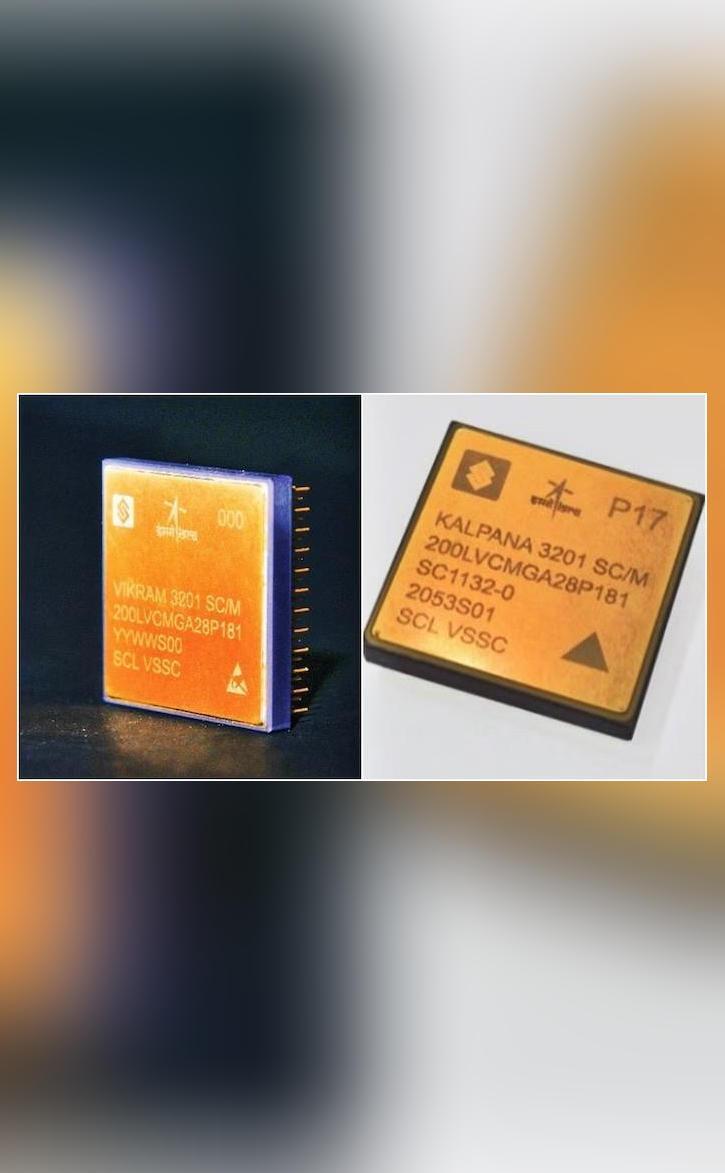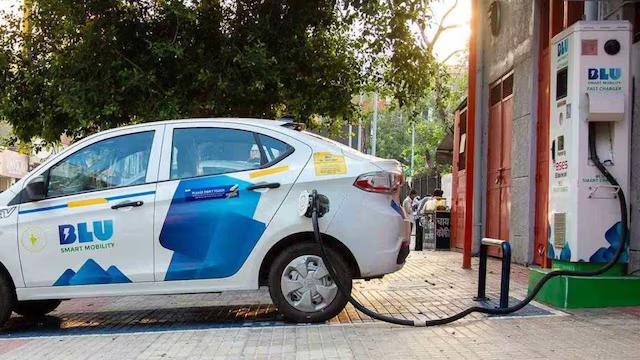
ISRO & SCL Develop 32-bit Microprocessors for Space Applications
In a significant achievement for the Indian space sector, the Indian Space Research Organisation (ISRO) and the Semiconductor Laboratory (SCL) in Chandigarh have jointly developed two 32-bit microprocessors, VIKRAM3201 and KALPANA3201. These microprocessors have been designed specifically for use in space applications, and their development is a major milestone in India’s efforts to become self-sufficient in the production of space-grade electronics.
The VIKRAM3201 microprocessor is particularly noteworthy, as it is the first fully “Make-in-India” 32-bit microprocessor to be qualified for use in the harsh environmental conditions of launch vehicles. This achievement is a testament to the capabilities of the Indian space sector and the country’s growing expertise in the development of space-grade electronics.
The development of these microprocessors is a significant step forward for the Indian space sector, as it allows the country to reduce its dependence on foreign suppliers of space-grade electronics. This is particularly important for launch vehicles, which require high-reliability electronics that can withstand the extreme temperatures, vibrations, and radiation of space.
The VIKRAM3201 microprocessor is a highly advanced device that is capable of operating at temperatures ranging from -40°C to 125°C, making it suitable for use in a wide range of space applications. It has a clock speed of 50 MHz and a power consumption of 1.2 watts, which makes it an attractive option for use in space missions where power consumption is a major concern.
The KALPANA3201 microprocessor, on the other hand, is designed for use in satellite applications. It has a clock speed of 100 MHz and a power consumption of 1.5 watts, making it suitable for use in a wide range of satellite applications, including communication, navigation, and Earth observation.
The development of these microprocessors is a result of a collaboration between ISRO and SCL, which has been ongoing for several years. The partnership has allowed the two organizations to leverage each other’s strengths and expertise, and to develop a range of space-grade electronics that are tailored to the specific needs of the Indian space sector.
The VIKRAM3201 microprocessor is the latest addition to ISRO’s range of space-grade electronics, which includes a range of processors, memory devices, and other components. The development of this microprocessor is a significant step forward for ISRO, as it allows the organization to reduce its dependence on foreign suppliers and to develop a range of space-grade electronics that are tailored to the specific needs of the Indian space sector.
The KALPANA3201 microprocessor, on the other hand, is designed for use in satellite applications, and is expected to play a key role in a number of upcoming satellite missions. The microprocessor is capable of operating at a wide range of temperatures, and has a high level of radiation resistance, making it suitable for use in a wide range of satellite applications.
The development of these microprocessors is a significant achievement for the Indian space sector, and is expected to have a major impact on the country’s ability to develop a range of space-grade electronics. The partnership between ISRO and SCL is a testament to the capabilities of the Indian space sector, and is expected to pave the way for a range of future collaborations and innovations.
Conclusion
The development of the VIKRAM3201 and KALPANA3201 microprocessors is a significant achievement for the Indian space sector, and is expected to have a major impact on the country’s ability to develop a range of space-grade electronics. The partnership between ISRO and SCL is a testament to the capabilities of the Indian space sector, and is expected to pave the way for a range of future collaborations and innovations.
The VIKRAM3201 microprocessor is a highly advanced device that is capable of operating at temperatures ranging from -40°C to 125°C, making it suitable for use in a wide range of space applications. It has a clock speed of 50 MHz and a power consumption of 1.2 watts, which makes it an attractive option for use in space missions where power consumption is a major concern.
The KALPANA3201 microprocessor, on the other hand, is designed for use in satellite applications, and is expected to play a key role in a number of upcoming satellite missions. The microprocessor is capable of operating at a wide range of temperatures, and has a high level of radiation resistance, making it suitable for use in a wide range of satellite applications.
The development of these microprocessors is a significant step forward for the Indian space sector, and is expected to have a major impact on the country’s ability to develop a range of space-grade electronics. The partnership between ISRO and SCL is a testament to the capabilities of the Indian space sector, and is expected to pave the way for a range of future collaborations and innovations.






